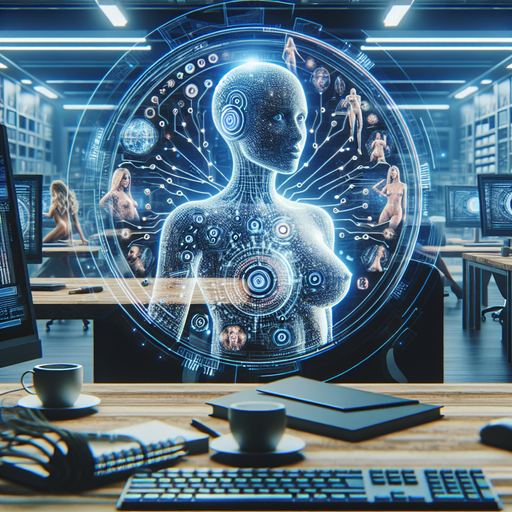What Is AI Porn? A 2025 Guide to AI-Generated Adult Content

In the evolving landscape of digital content, artificial intelligence (AI) continues to push boundaries, creating new realms of possibilities. Among these, AI-generated adult content, commonly referred to as AI porn, has been a topic of both fascination and controversy. As we look into 2025, this guide aims to shed light on what AI porn entails, its implications, and the ethical considerations surrounding it.
Understanding AI-Generated Adult Content
AI porn is essentially adult content created or modified using artificial intelligence technologies. These technologies include deep learning algorithms, generative adversarial networks (GANs), and neural networks that can generate highly realistic images, videos, and even interactive experiences from scratch. Unlike traditional adult content, which involves real actors and production crews, AI porn can be synthesized entirely by machines, mimicking human-like appearances and actions.
The Technology Behind AI Porn
The core technology powering AI porn is GANs, which work by having two neural networks in competition: one generates images (the generator), and the other evaluates them (the discriminator). Over time, the generator improves until the images are indistinguishable from real-life images. This technology allows for the creation of hyper-realistic adult content that can be customized to an unprecedented degree, tailored to individual preferences and fantasies.
Applications and Platforms
AI-generated adult content is available across a variety of platforms, ranging from specialized adult websites to mainstream platforms that incorporate AI for content creation. Some platforms allow users to customize avatars or scenarios, providing a personalized experience. The demand for such content has been driven by the desire for anonymity, customization, and the ethical concerns associated with traditional adult industry practices.
Implications and Ethical Considerations
While AI porn offers novel ways of experiencing adult content, it also raises significant ethical concerns. The ability of AI to create realistic depictions of individuals, including those who have not consented, is a major issue. There are also concerns about deepfakes, where AI is used to superimpose faces of real people onto adult content without their consent, leading to potential harassment and defamation.
Moreover, the accessibility and anonymity of creating and distributing AI porn can lead to its misuse, including the potential exploitation of minors or the perpetuation of harmful stereotypes. As a result, there is an ongoing debate about the need for stringent regulations and ethical guidelines to govern the creation and distribution of AI-generated adult content.
Conclusion
As we move further into 2025, AI porn represents a significant technological and cultural shift in the realm of adult content. While it offers innovative possibilities for individualized experiences, it also necessitates a careful examination of the ethical and legal frameworks required to manage its impact. It is crucial for stakeholders, including technologists, policymakers, and consumers, to engage in open dialogue to ensure that the development and consumption of AI-generated adult content are conducted responsibly and ethically.
Ultimately, as AI continues to evolve, its role in the adult industry will likely expand, challenging us to balance innovation with ethical considerations to safeguard individual rights and societal norms.